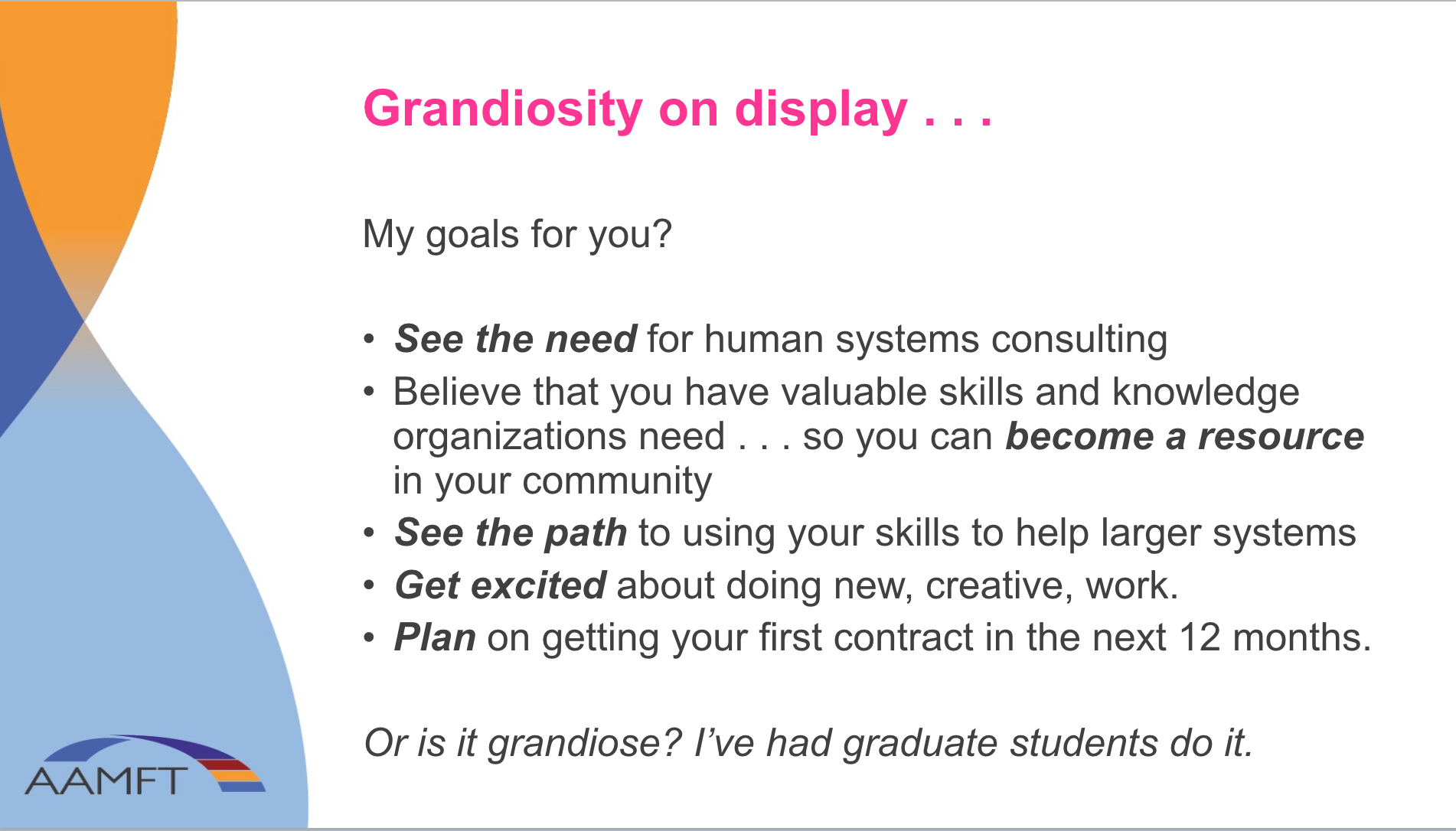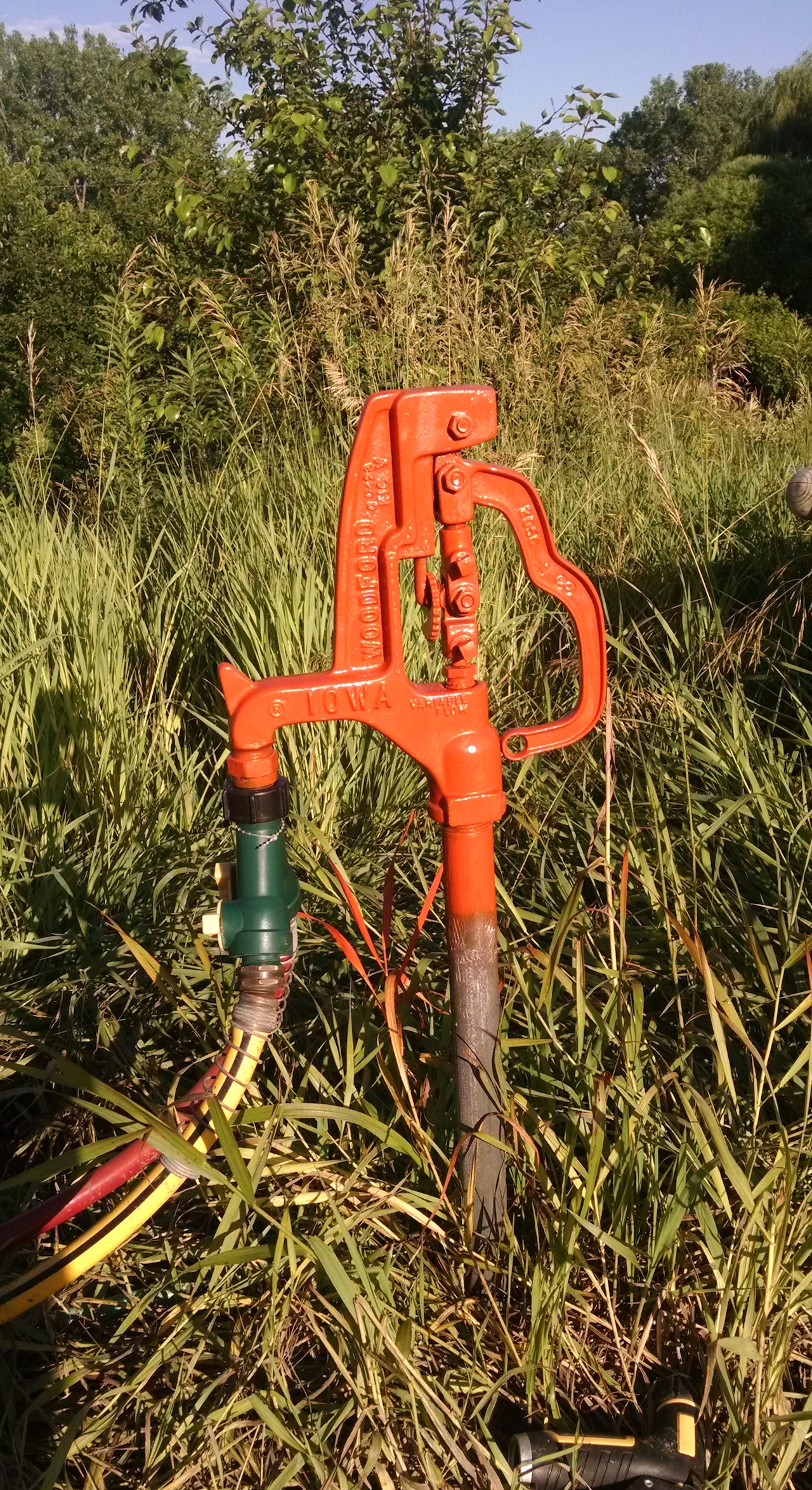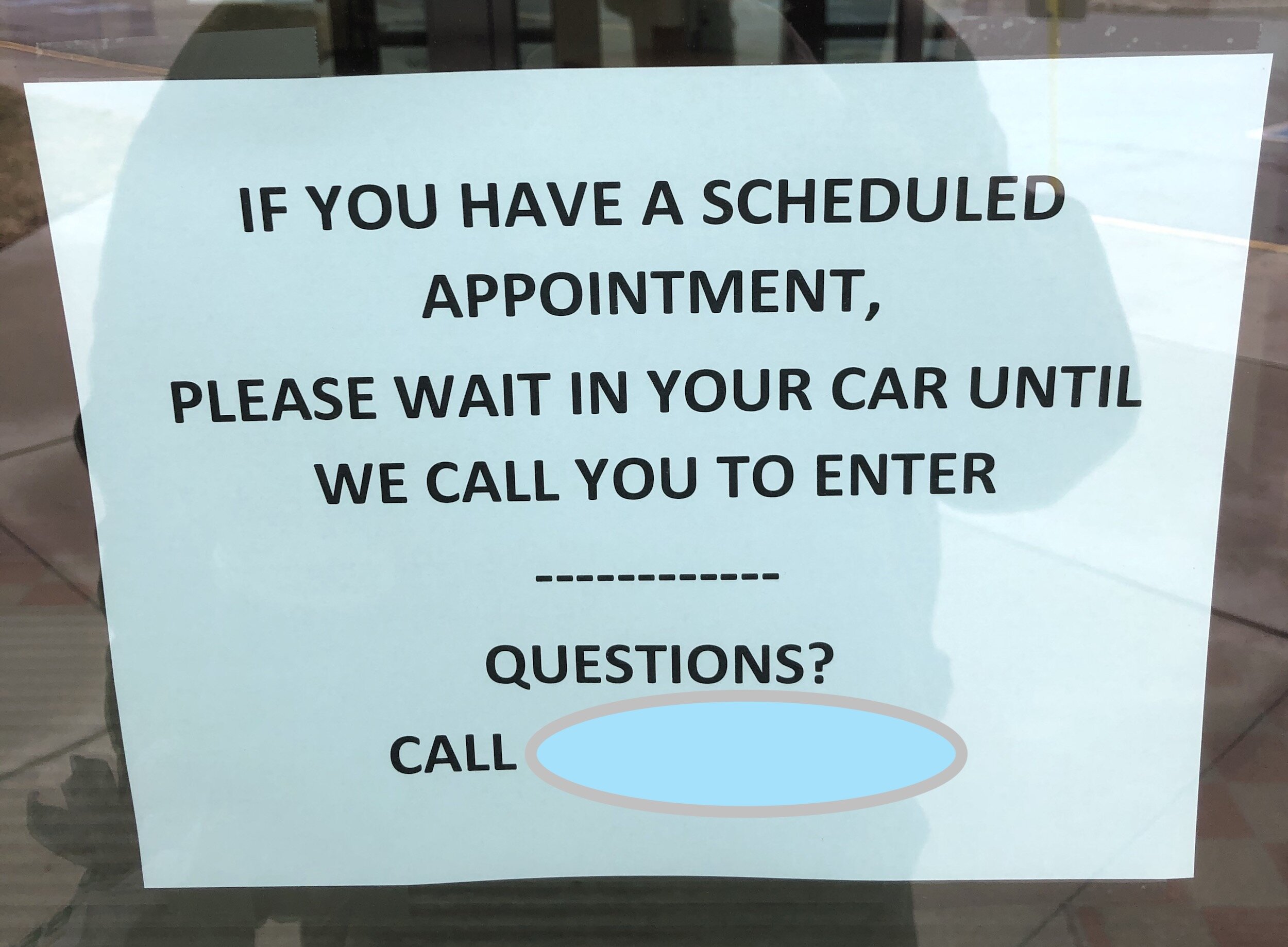Photo by Kelly Sikkema on Unsplash
Finding People-People with Gifts for Business—A follow up to our post “Making it look easy”
Hiring the Right Consultant is Not Simple
Hiring a coach/consultant for human system’s or organizational culture issues is not easy. While I touted in my last post hiring “people-people” for human systems issues, the truth is, it is even more complex. You will need someone gifted in people . . . and someone with experience with organizations.
Making the assumption that any “people-person”—any expert in behavioral health issues—will “do fine” in the organization arena can be just as naive as assuming any business consultant has the necessary people skills**. . Leaders make this mistake when they expect professionals with gifts in business to be good with people issues in a consulting role. At the same time, many leaders make the mistake of referring employees with work issues to therapists. This leads to very mixed results because many therapist have limited experience with organizational leadership. They are experts in mental health and if the issues are really individually-based—anger, anxiety, chemical dependency—then this may be an appropriate referral. If it is a broader issue that includes leadership, management, or or institutional issues, it may be ineffective or detrimental.
Finding the Right Gifts
So, what’s a leader to do? First, determine if the issue in organizational or an individual’s behavioral “problem.” Second, if it’s an individual issue consider a referral to EAP or an independent mental health professional. Third, if it is truly an organizational issue—creating new HR policies, a strategic plan, or new electronic records system— consider a business coach or consultant. Fourth, if is is organizational but has elements of an interpersonal or “human” element—organizational culture, team conflict, motivation, etc.—find someone gifted with people that also has experience in organizational leadership.
To determine if a “people-person” has the necessary organizational skills can be tricky. Below are some questions you can ask the professional to assess their ability to act as a systems consultant and not just a therapist.
Questions to Ask
Questions to ask a therapist to determine if they can act as a human systems consultant or coach:
What experience have you had in leadership/managerial roles?
What areas of an organization would you not give advice on?
What, to you, is the definition of a healthy work team/organization/leader?
What are the primary causes of problems in teams/organizations? (Look for an understanding of systems)
Tell me about a time you helped a team/organization with a cultural/systemic change?
What would you consider to be a successful outcome from an organizational consulting contract? (Again, looking for an awareness or organizational goals not simply personal goals.)
Ask these questions and you will get a feel for the ability of the consultant to use their people gifts in an organizational system. (As consultants you need to keep it simple—Like Steve Jobs)
** Having trained during the heyday of systemic theory, I feel fortunate to have studied topics like “Cybernetics of Cybernetics” and “Human Networks# as well as more traditional “organizational consulting” topics. Many younger therapists I talk have not had this systemic focus and are more likely to have had training in narrative or postmodern topics. Our Leading Edge Coaching with these professionals often is the first introduction these professionals have to understanding human systems.
In the last post I shared a picture of my Taylor 614ce acoustic. Here is my other “axe.” A custom built “Batswatter” electric built by my brother as a surprise gift. Ne, I’m not a huge Batman fan. There is a personal bat story that prompted the time. Oh, and it lights up. Too cool for my skill set.

































